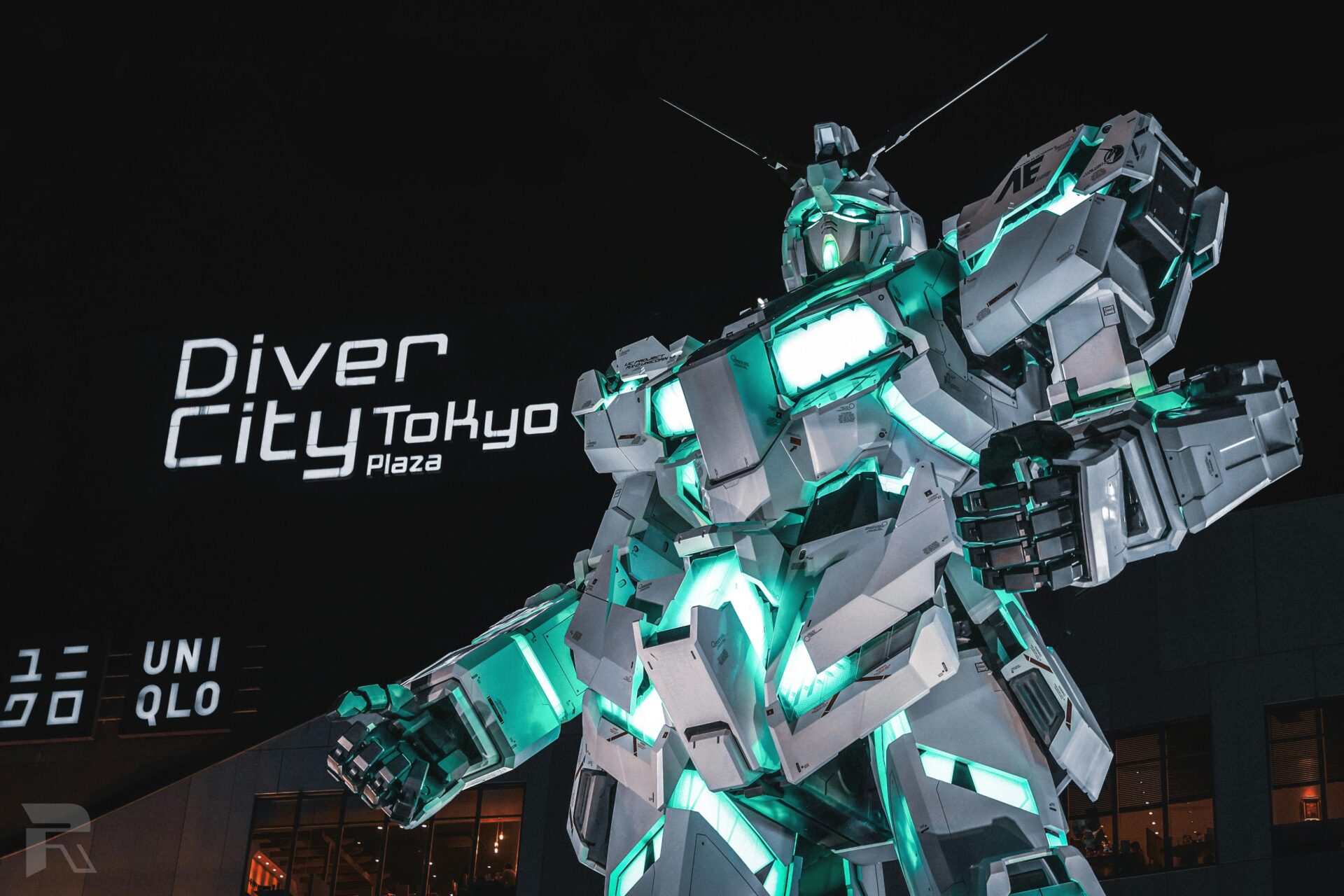The Sumo of sorrows: Welcome to Hebocon
In a world obsessed with AI, high-speed automation, and surgical precision, Japan holds an annual celebration of the exact opposite: Hebocon.
The name is derived from “heboi,” a Japanese term for something clumsy, incompetent, or downright pathetic. The rules are strict: you must be a complete amateur. If you accidentally build something functional or—god forbid—technically impressive, you lose points.
At Hebocon, you will witness robots made of cardboard and vibrating toothbrushes that fall apart before they even touch their opponent. It is a “Sumo of Sorrows.” When adults without an ounce of engineering skill take their useless machines seriously, the result is more moving (and certainly more hilarious) than any Boston Dynamics demonstration.
Take, for example, the participant who tapes a hand-drawn demonic face to their machine in a desperate bid for intimidation. As this paper-faced entity wobbles helplessly across the floor, it evokes a sense of dread that transcends mere comedy—it is a haunting spectacle of unearned confidence. Inevitably, the “tactical” components added based on the creator’s inexplicable obsessions become the very anchors that sink the ship, causing the machine (if one can even call it that) to seize up or self-destruct.
Hebocon is a profound rejection of the cult of efficiency. Nay, it is a grand, tragic microcosm of the human condition itself: a spectacle where we all struggle desperately for happiness, only for our own misguided efforts to become the very obstacles that defeat us.
The animism of technology: Why we don’t fear the robot
Why does Japan embrace such technological tragedy? Because in our cultural software, a robot doesn’t need to be “useful” to be loved.
Western media often portrays robots as either sleek icons of power (Iron Man) or harbingers of the apocalypse (The Terminator). In Japan, our foundational robot is Doraemon—a blue, earless robot cat from the future who is remarkably bad at his job. He’s clumsy, he’s insecure, and his gadgets often backfire.
He is not a tool; he is a companion.
This mindset explains why we created AIBO, ASIMO, and Pepper—machines that were arguably “useless” from a productivity standpoint but excelled at being “present.” We apply a form of modern animism to our machines. If it has a face and a personality, it has a soul, no matter how heboi its hardware may be.

From the virtual to the physical: The Art of Miku
This acceptance of the “non-functional but meaningful” is the bridge to the virtual idol. Hatsune Miku is a digital entity—a voice synthesizer with no physical body—yet she fills stadiums. She exists in the collective imagination, a masterpiece of the “useless” in the sense that she serves no industrial purpose other than to inspire.
As a furniture maker in Hokkaido (the same birthplace as Miku), we decided to perform an act of “Physicalization.” We didn’t want to make a chair that was merely a tool for sitting. That would be too efficient, too boring.
We partnered with the ART OF MIKU project to create a lounge chair that acts as a canvas for contemporary art. We took the finest Hokkaido wood, crafted it with artisan precision, and then—in a move that might baffle a pure functionalist—printed vibrant pop art directly onto it.
We even added a nameplate made from recycled scallop shells, signed by the artist. Is it necessary for the chair to function? Absolutely not. But like a clumsy robot or a virtual singer, it provides something that a “useful” chair never could: a soul.
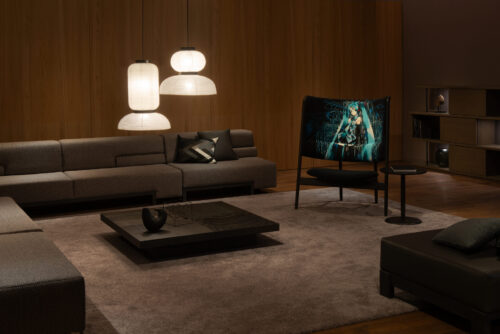
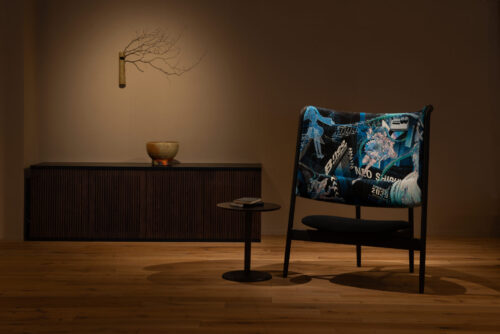
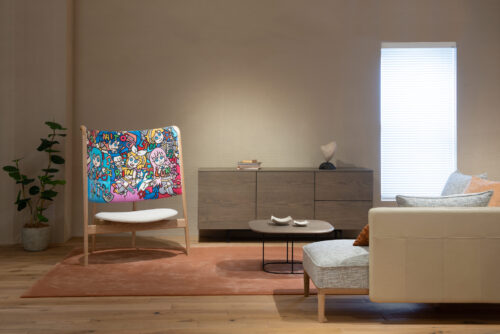
If you are looking for a highly efficient, ergonomically optimized office tool, look elsewhere. But if you want a piece of furniture that understands the beauty of being beautifully ‘unnecessary’—a peace treaty between traditional craft and digital soul—then you may have just found your throne.
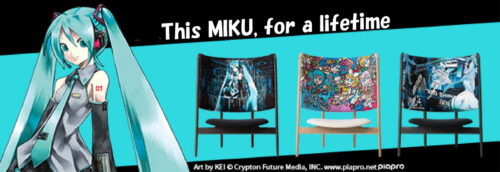

Shungo Ijima
He is travelling around the world. His passion is to explain Japan to the world, from the unique viewpoint accumulated through his career: overseas posting, MBA holder, former official of the Ministry of Finance.

